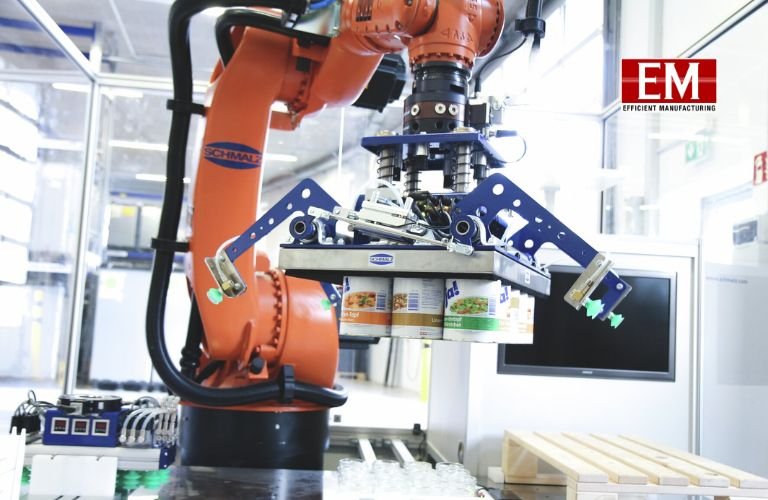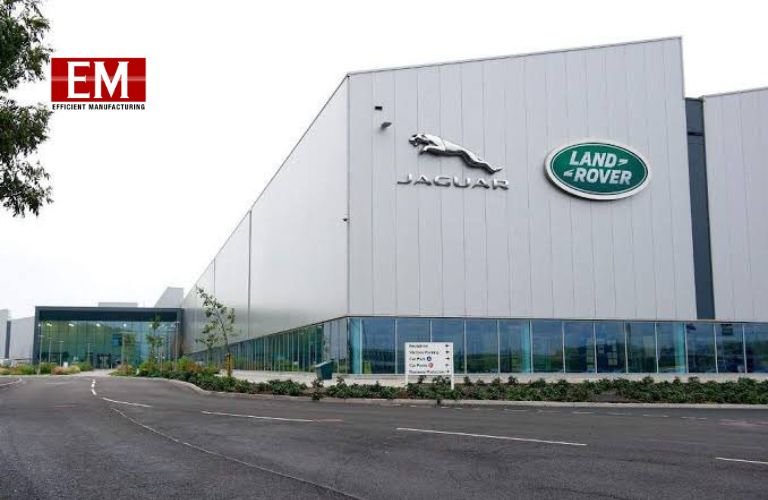| In the relentless pursuit of operational excellence, every cog matters. But for many organizations, a sometimes overlooked component of business can be their underdog – MRO procurement. MRO, or Maintenance, Repair, and Operations, encompasses the vast array of materials and services needed to keep the business running behind the scenes. Optimizing MRO procurement, however, can feel like wrangling through a complex web: tackle one challenge, and two more pop up in its place.
Rahul Garg,
Founder and CEO,
Moglix
The good news? Businesses have newfound powerful allies in the battle against MRO inefficiency – automation and data-driven decision-making. By embracing these technologies, organizations can transform MRO procurement from a sluggish bottleneck into a streamlined engine of efficiency.
Understanding the MRO Procurement Labyrinth
MRO procurement goes beyond simply buying nuts and bolts. It encompasses a vast network of machinery, facilities, and vehicles – all crucial for delivering the final product. MRO procurement ensures a steady flow of essential supplies that keep these assets operational. This includes everything from spare parts and lubricants to cleaning supplies and safety gear.
However, traditional MRO procurement processes are often riddled with inefficiencies that can cripple the bottom line.
- Manual Mayhem: Repetitive tasks like purchase order generation, data entry, and vendor communication are often handled manually. This is time-consuming, prone to human error, and consumes valuable staff resources that could be better utilized for strategic initiatives.
- Information Silos: Critical data regarding inventory levels, supplier performance, and past purchase history is scattered across different departments and systems. This lack of centralized information makes it difficult to gain a holistic view of MRO spend, hindering informed decision-making.
- Reactive Purchasing: The traditional approach often relies on reactive purchasing – waiting until supplies dwindle before placing orders. This reactive approach can lead to stockouts, production delays, and emergency purchases at inflated prices.
- Limited Visibility: Without a clear view of MRO spending patterns, it’s difficult to identify areas for cost savings or negotiate better deals with suppliers.
The consequences of these inefficiencies can be significant. Stockouts can grind operations to a halt, leading to lost revenue and customer dissatisfaction. Delays in procurement can disrupt production schedules and impact delivery timelines. Unnecessary spending on MRO supplies further erodes profitability. In today’s competitive landscape, organizations simply cannot afford these inefficiencies.
Unleashing the Automation Advantage: A Farewell to Tedium
Modern businesses are replacing the drudgery of MRO procurement with a symphony of automation. Automation technologies are poised to transform MRO procurement from a time-consuming chore into a streamlined, efficient process.
For instance, automated workflows can seamlessly orchestrate the approval process for purchase orders. No more requisitions languishing on desks, waiting for signatures. Automated workflows ensure swift approvals based on pre-defined rules and thresholds, significantly accelerating procurement cycles.
But automation doesn’t stop there. Robotic Process Automation (RPA) – the tireless digital workforce dedicated to tackling the most repetitive tasks can flawlessly handle the tedium of data entry, order processing, and vendor communication. As a result, procurement teams, freed from the shackles of mundane tasks, can devote their expertise to strategic initiatives like supplier relationship management, spend analysis, and cost optimization.
FMCG major Mars has been at the forefront of incorporating automation in procurement activities. By digitizing its sourcing optimization tool, the company has been able to reduce its Request for Proposal (RFP) lead time from 4 days to just 4 hours!
How Automation and Data Drive Procurement Excellence
But automation alone isn’t the silver bullet. Data, the fuel of informed decisions, plays a critical role. Predictive analytics and machine learning algorithms can anticipate MRO needs, enabling proactive purchasing and preventing stockouts. Integrating procurement platforms with Enterprise Resource Planning (ERP) systems creates a single source of truth, providing valuable insights into spending patterns and supplier performance. This leads to multiple business advantages.
- Increased Efficiency: Repetitive tasks like data entry and order processing are handled by tireless RPA bots, freeing up the procurement team’s valuable time. Automated workflows streamline approvals, resulting in faster procurement cycles, improved lead times for obtaining critical MRO supplies, and a workforce empowered to focus on strategic initiatives.
- Cost Savings: Data analytics provide a granular view of historical spending patterns, supplier pricing, and consumption trends. Armed with these insights, businesses can identify areas for negotiation and consolidation. For instance, bulk discounts deals could be struck on frequently purchased items or there could be elimination of underutilized inventory through strategic disposal or contract renegotiation.
- Improved Supplier Relationships: MRO procurement isn’t just about acquiring parts; it’s about fostering strong, collaborative relationships with suppliers. By analyzing supplier performance data, organizations can identify reliable partners who consistently deliver on quality, price, and lead times. This empowers the company to negotiate more favorable contracts and build trust-based partnerships that benefit both parties in the long run.
- Improved Compliance and Risk Management: Procurement teams can leverage data analytics to automate compliance checks, screening suppliers against regulations and industry standards. This proactive approach minimizes the risk of non-compliant materials entering the supply chain, safeguarding the organization’s reputation and legal standing.
Charting the Course: A Roadmap to MRO Procurement Transformation
Optimizing MRO procurement through automation and data isn’t a one-size-fits-all endeavor. It requires a carefully planned journey.
- Needs Assessment: Conduct a comprehensive needs assessment to identify the specific pain points plaguing the current MRO procurement process. Is the company struggling with slow approval times, stockouts due to reactive purchasing, or limited visibility into supplier performance? Defining these challenges along with measurable expected outcomes will help chart a course towards the most impactful solutions.
- Tech Selection: Research and evaluate various automation tools and data analytics platforms. Look for solutions that seamlessly integrate with existing systems and offer features tailored to specific business needs. Consider factors like scalability, ease of use, and vendor support when making these selections.
- Integration: Integration is the bridge that connects new technology solutions with existing systems. This ensures a smooth flow of data and avoids data silos. Collaborate with experienced IT professionals to ensure seamless integration and avoid disruptions to current operations.
- Change Management: Even positive change can be met with resistance; prepare the staff for the journey ahead. Provide comprehensive training on the new technologies and processes. Address concerns through open communication and clear demonstrations of the benefits automation and data-driven decisions offer.
Even then, no transformation is without its challenges. Here are some potential roadblocks and how to overcome them:
- Stakeholder Buy-in: Secure buy-in from key stakeholders by showcasing the potential return on investment and addressing their concerns through clear communication and data-driven insights.
- Data Quality: Implement robust data governance practices to ensure the accuracy and consistency of the data. This is the fuel that powers the data analytics engine, so maintaining clean data is crucial.
- Continuous Optimization: Monitor the results of implemented solutions, identify areas for improvement, and fine-tune the approach as needed. Embrace a culture of continuous learning and adaptation to ensure that the MRO procurement process remains optimized for the long haul.
Final Words: Embrace the Change
The future of MRO procurement is brimming with exciting possibilities. AI will further automate tasks and predict needs with even greater accuracy. IoT will connect equipment directly to procurement systems, triggering automatic reorders when supplies dwindle.
In such a world, optimizing MRO procurement through automation and data-driven decisions isn’t just about efficiency and cost savings. It’s about gaining a strategic advantage. By embracing these technologies, organizations can ensure a steady flow of essential materials, build stronger supplier relationships, and free up valuable resources to focus on core business objectives. The dual power of automation and data can transform the MRO procurement function for businesses and set them on the road to operational excellence.








